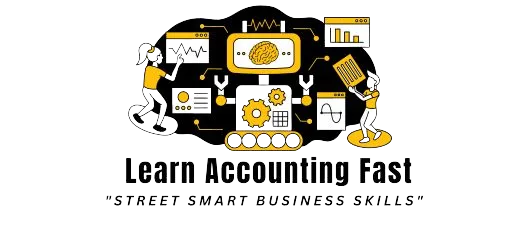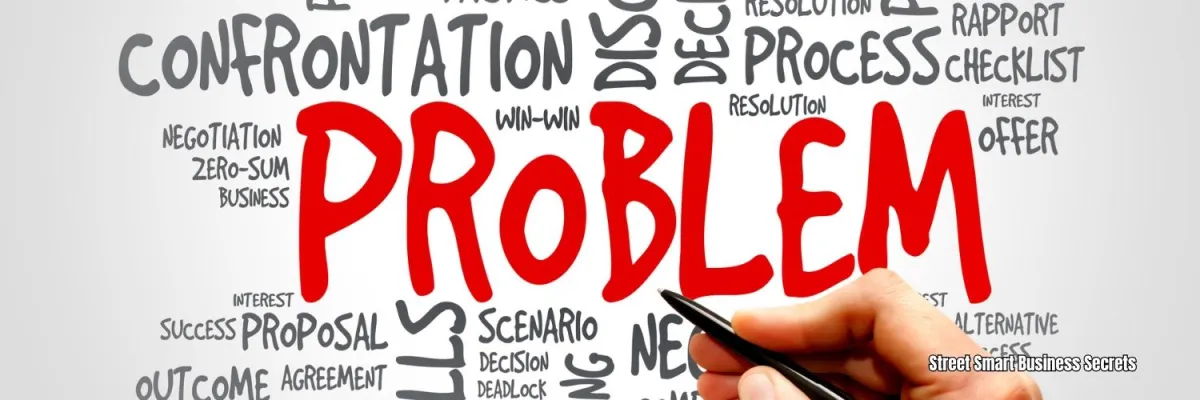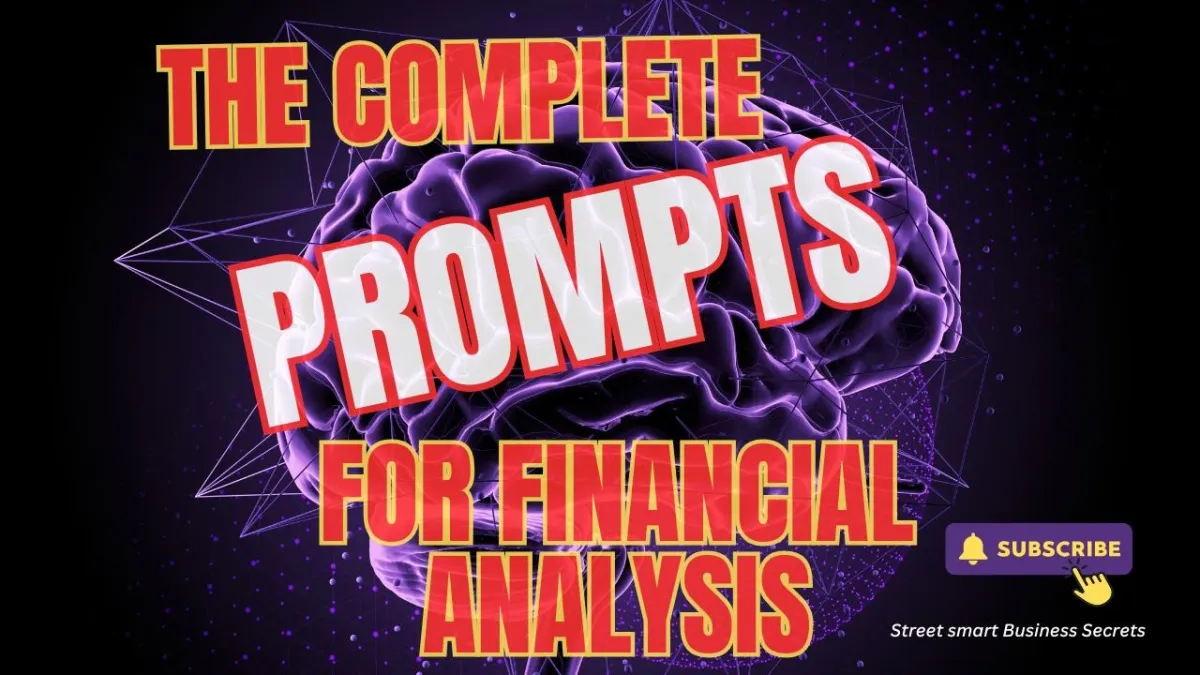What are the Best Ways to Solve Business Problems?
Why Structured Problem-Solving Matters in Business
Every business faces problems. Sometimes these issues are small and easy to fix. Other times, they are big and tricky. Learning structured problem-solving skills helps you clearly see the issue and find the best solution. This post will show you the best ways to solve business problems using clear, easy-to-follow methods.
Structured problem-solving is like having a detailed map or GPS when you're lost. It guides you step-by-step, clearly showing the path to your destination. Here's how it helps you:
Clearly understand the problem
Find possible solutions
Pick the best answer
Take action quickly and confidently
When you use structured methods, your solutions become clearer and stronger.
Best Problem-Solving Frameworks and Strategies
Here are some proven methods that work well in real-world business situations:
MECE (Mutually Exclusive, Collectively Exhaustive)
MECE helps you organize your thoughts into clear, separate groups that cover every part of a problem without repeating or missing anything important.
It's like sorting puzzle pieces into groups, making it easier to see the full picture clearly.
For example: If sales drop, use MECE to split issues into clear areas like "Marketing issues" such as ineffective advertising or "Product issues" such as product quality concerns, customer complaints, or features that don't meet user needs.
Once these groups are clearly defined, you can methodically address each category one at a time, diving deeper into each issue to find effective solutions and ensure nothing is overlooked.
This clear separation allows you to focus fully on each area without getting overwhelmed or distracted.
SCQA (Situation, Complication, Question, Answer)
SCQA clearly tells the story of the problem by guiding you step-by-step through understanding the situation, pinpointing the complication, defining a clear question to address, and finally providing a direct answer or solution.
Situation: What's going on?
Complication: What's the main issue?
Question: What needs solving?
Answer: How do we fix it?
For example: Our product is popular (Situation), but customers complain it's slow (Complication).
How can we speed it up (Question)?
Let's upgrade our servers (Answer).
Root Cause Analysis
Root Cause Analysis focuses on identifying the true reason why a problem happens instead of just treating the surface-level signs.
Think of it like a doctor finding the actual illness, not just giving medicine for the pain.
This method helps ensure the issue doesn’t come back. To do this, you dig deeper by asking "Why?" several times until you reach the root of the issue, then fix that specific cause.
List all problems.
Ask "Why?" repeatedly to find the real cause.
Fix that cause, not just the symptom.
For example: Late deliveries happen because the delivery company is slow.
Why? They have too few drivers. Hiring more drivers solves the real problem.
SWOT (Strengths, Weaknesses, Opportunities, Threats)
Use SWOT to see the good and bad clearly, helping you step back and take a full-picture view of your business.
It helps you understand where you are strong, where you need improvement, and what opportunities and threats are coming your way.
By laying everything out in these four categories, you can make smarter choices, plan better strategies, and respond faster to changes in the market.
Strengths: What's working well?
Weaknesses: What's not working?
Opportunities: What new ideas, trends, technologies, or gaps in the market can your business take advantage of to grow or improve? These are the openings that can lead to more revenue, better customer service, or entering new markets.?
Threats: What risks must you watch? These are the outside dangers that can harm your business, such as new competitors, changes in customer preferences, rising costs, or new laws and regulations.
By spotting these early, you can plan ahead and reduce their impact.?
For example: If you own a shop, SWOT can show you the best way to deal with new competitors by focusing on your strong points and addressing weaknesses.
Design Thinking
Design thinking solves problems creatively by deeply understanding users’ needs, feelings, and behaviors.
It puts the customer at the center of the solution, helping teams think from the user's perspective instead of just guessing what might work.
This approach encourages brainstorming, rapid testing, and continuous improvement, which leads to more human-centered, innovative outcomes.
Steps:
Empathize: Understand users by learning what they feel, think, and need. This step means talking to real customers, watching how they behave, and asking questions to find out their true challenges and desires.
It’s about seeing the world through their eyes so you can design better solutions.
Define: Clearly state the problem.
Ideate: Think of many possible solutions by brainstorming without judgment.
The goal is to generate a wide range of ideas, both big and small, before narrowing them down.
Encourage creativity and allow room for unusual or bold ideas, as they can often lead to the best innovations.
Prototype: Make simple models or early versions of your ideas. These don't have to be perfect, just good enough to show how the idea might work. It could be a sketch, a mock-up, a basic digital design, or even a role-play. The goal is to quickly turn your ideas into something real you can show others and improve through feedback.
Test: Try solutions
For example: A phone company uses Design Thinking to create user-friendly apps by first asking customers what they really want.
Practical Tips for Solving Business Problems
Use these simple tips to solve problems more effectively:
Clearly define your problem before finding solutions.
Discuss the issue openly with your team.
Be open to new and different ideas.
Test your solutions on a small scale first to reduce risk and learn what works before applying it to the entire business.
This could mean launching a pilot program, running a limited-time offer, or testing changes in just one department.
It helps you catch problems early, get feedback, and make improvements before a full rollout. • Always learn from your mistakes and improve.
Clearly define your problem before finding solutions.
Discuss the issue openly with your team.
Be open to new and different ideas.
Test your solutions on a small scale first to reduce risk and learn what works before applying it to the entire business.
This could mean launching a pilot program, running a limited-time offer, or testing changes in just one department.
It helps you catch problems early, get feedback, and make improvements before a full rollout. • Always learn from your mistakes and improve.
How to Choose the Right Framework
Picking the right framework is key to solving business problems effectively and efficiently.
Not every tool fits every situation, so it's important to match the problem type with the method that works best.
This ensures you focus your time and energy in the smartest way possible, increasing your chances of success.
Choosing well can mean the difference between a quick fix and a long-lasting solution. Here’s a simple guide:
Complex or unclear problems: Use MECE or SCQA.
These frameworks help you break down confusion into smaller, more understandable parts.
MECE allows you to categorize every issue without overlap or missing pieces, while SCQA provides a clear story structure to understand the context, highlight the complication, and build toward a thoughtful solution.
They are especially useful when the problem seems overwhelming or scattered.
Recurring problems: Use Root Cause Analysis.
When a problem keeps recurring, it's usually a sign that you're only addressing what's visible, not the underlying cause.
Root Cause Analysis helps you go beneath the surface and identify the true source of the issue.
By asking "Why?" multiple times and digging into data or feedback, you can uncover patterns or root issues, like broken processes, miscommunication, or outdated systems and fix them for good.
Strategy planning: Use SWOT. This framework is excellent for planning because it helps you see the full picture, both inside and outside your business.
By identifying your strengths, you can double down on what’s already working.
By understanding weaknesses, you can make plans to fix or improve them.
Opportunities show you where to grow or expand, and threats warn you of what to watch out for. Using SWOT during planning helps you create smarter goals, build flexible strategies, and prepare for surprises along the way.
Innovation and user-focused issues: Use Design Thinking. This method is especially useful when you're trying to create something new or improve an experience for your customers.
If you're not sure what your users truly need or you're aiming to design a better product, service, or internal process.
Design Thinking can help you discover insights, generate creative ideas, and test them quickly before committing to big changes.
It's ideal when empathy, creativity, and feedback are critical to success.
Practical Example: Solving Low Sales in a Café
A café notices lower sales. They use SWOT analysis:
Strengths: Great location, loyal customers.
Weaknesses: Slow service, limited menu.
Opportunities: Expand menu, speed up service.
Threats: New cafes nearby.
They decide to train staff to improve service and expand the menu. Sales improve significantly.
Recommended Resources for Further Learning
Enhance your problem-solving skills further with these resources:
Summary
Solving business problems clearly and effectively takes practice.
Using structured frameworks like MECE, SCQA, Root Cause Analysis, SWOT, and Design Thinking helps you think clearly and act confidently.
Pick the right tool for each problem, stay open to new ideas, and always learn from your experiences.
The better you solve problems, the stronger and more successful your business becomes.
Start today, take action to become a better problem solver and drive your business success.
Be the greatest you can be…
Join us, click the link below for short, sharp, simple video courses that give you confidence and street-smart business skills to simplify accounting and focus on growing your business to succeed.
Latest Posts
Master Prompts For
Financial Analysis
The Complete Small Business Guide to Financial Analysis: Formulas, Examples, and Tips.These are super-powerful questions you can ask an AI to help..
How To Solve Any Business
Problem With Ai
AI can help you solve all of these faster, smarter, and more affordably, if you know how. This guide will show you exactly how to do that.........
The Secret to Stress - Free Business Finances Envelope Budgeting
Welcome to the Envelope Budgeting Method the street-smart way to take control of your business cash without a finance degree or expensive software.
How to Stay Updated on AI Business Trends and Best Practices (2025 Guide)
Top Smart Ways to Stay Ahead
Here are the best ways to stay updated on AI trends and business practices....
What are the Best Ways to Solve Business Problems?
Structured problem-solving is like having a detailed map or GPS when you're lost. It guides you step-by-step, clearly showing the path to your destination. Here's how it helps...
Use AI Like a Pro
Smart Business Questions
Discover the smart, little-known tricks that top AI-savvy businesses use to get laser-accurate answers to money questions—AI in Business without being a tech genius.
Disclaimer: The content shared on this blog and in these videos is for informational and educational purposes only. Despite my 30 years of experience as a business owner, I am not a certified financial advisor, accountant, or legal professional. The insights and tips shared are based on personal experiences and should not be taken as professional financial or legal advice. For financial, legal, or professional advice, please consult with a certified professional in the respective field. I disclaim any liability or responsibility for actions taken based on any information found in this blog or these videos.
Copyright Learn Accounting Fast - All Rights Reserved 2025












Facebook
Instagram
X
LinkedIn
Youtube